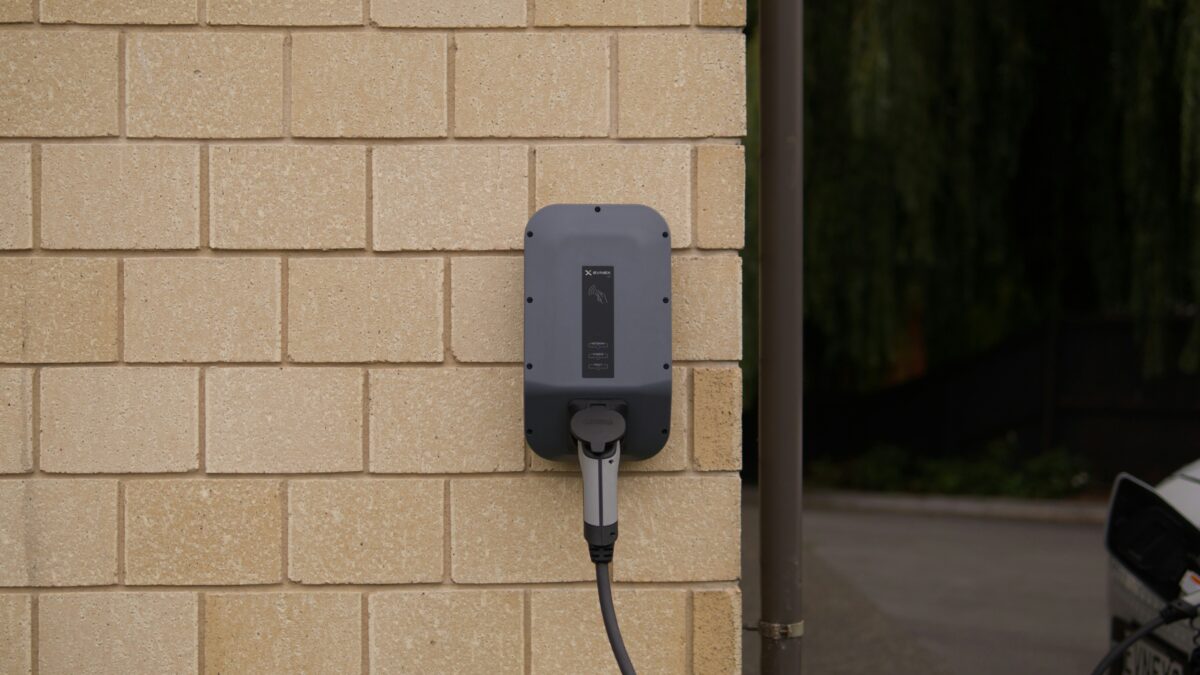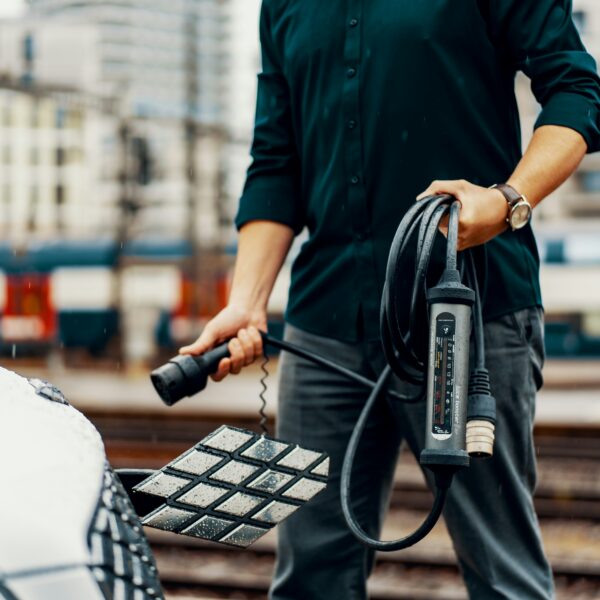How to Maintain Your Car’s Cooling System (With Ease)
There are generally two types of car owners: the ones who rely on licensed mechanics to fix every problem and the ones who prefer to take matters into their own hands. While you could argue that falling somewhere in the middle is the most ideal, there is no disadvantage in learning more about your vehicle and how it operates, as well as knowing the signs of when it’s not. Many auto enthusiasts don’t mind putting in a bit of elbow grease and time to get the results they desire. In fact, due to the rising costs of car ownership, we’re seeing more and more car owners consider the DIY approach these days, tackling some of the most basic maintenance and repairs right from their very own garage. In this DIY guide, we’ll detail key insights on how to maintain your car’s cooling system and prevent this integral function from overheating and causing further damage to your car.
Ways to maintain your car’s cooling system without expert help
Before we can dive in to the good stuff, first let’s highlight the overall function of the cooling system. It goes without saying that this function is utterly important to the safety and longevity of your vehicle. Its primary job is to keep your car running smoothly by distributing your engine heat evenly throughout the system. The conventional system is composed of six parts, including the engine, radiator, water pump, fans, hoses, and thermostat valve.

Image source: ResearchGate
All these functions work coincidently to ensure your vehicle is working properly. But what happens if something goes wrong? As you might imagine, when any part of the cooling system starts to fail, it can put a strain on the overall of health of the system. This can lead to other more problematic repairs if ignored. While regularly changing the coolant, also known as antifreeze, is the easiest and most manageable way to maintain your car’s cooling system, there are other helpful tips to consider:
Check your radiator cap regularly
The radiator cap should be checked ever so often to ensure there is no damage to the rubber sealing ring. This is usually a tell-tale sign that your radiator cap has gone bad and needs replacement. Once the radiator cap stops maintaining the right pressure for your car, your vehicle becomes more susceptible to overheating, regardless of the time of year. Even if no damage is spotted, it’s a good idea to tighten the radiator cap (when the engine is cooled off) to make sure there is a tight seal that continually optimizes the pressure throughout your car’s cooling system.
Keep things clean & tidy
Like all the car parts found in your vehicle, the cooling system always works at its best when it is clean. This involves popping open the hood every once in awhile and removing any dirt and debris that may be present. For safety reasons, turn off the car and let the engine cool down before wiping any surfaces. This will ensure you steer clear of any thermal burns or injuries.
Flush your cooling system every 30,000 miles
Clearly, the best aspect of performing DIY car maintenance is that you don’t have to wait for an appointment. No hours spent at the dealership when your car is in need of a service. Any time you want to get a task done, you have the ability to do so with the right tools and materials on hand. That said, one of the oldest tricks of the trade for maintaining your car’s cooling system is flushing and refilling the radiator. You do this every 30,000 miles or every four to five years, whichever comes first.
Take the time to care for your cooling system
Give your car the care it deserves and stay up-to-date with all maintenance and repairs in 2023. Fortunately, the cooling system, although a complexity of parts, is rather easy to understand. You can fix certain parts with the right tools and knowledge. Overall, we hope this guide provided keen insights on maintaining one of the most integral functions under the hood.
Any time you suspect a problem with the cooling system, never wait to address the issue. A minor coolant leak can lead to significant damage if left untreated. Interested in learning more automotive hacks? Head over to Headlights DIY Archives. There you can read our latest feature on Simple Solutions to Repairing a Dim Headlight.

















